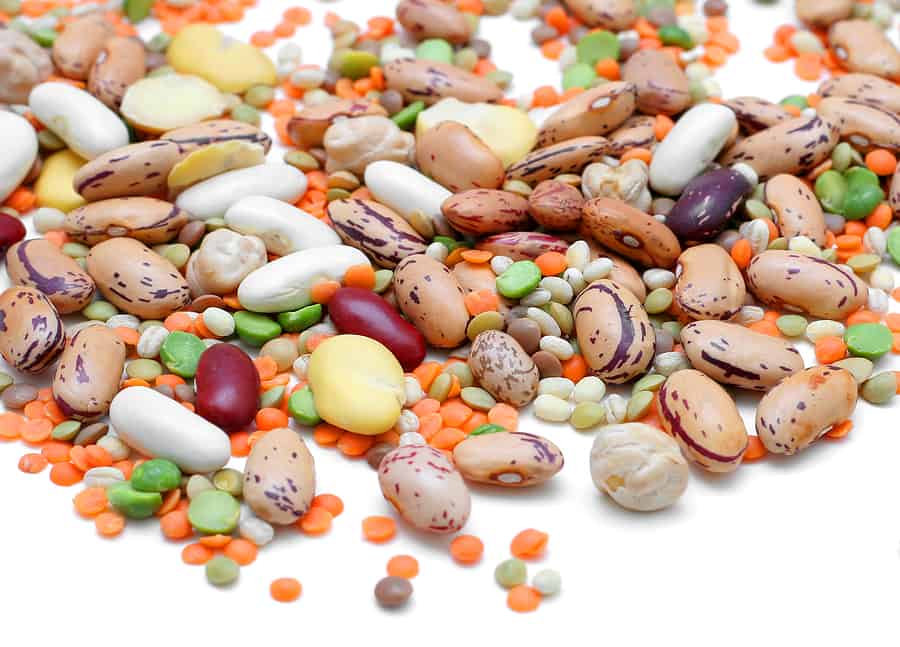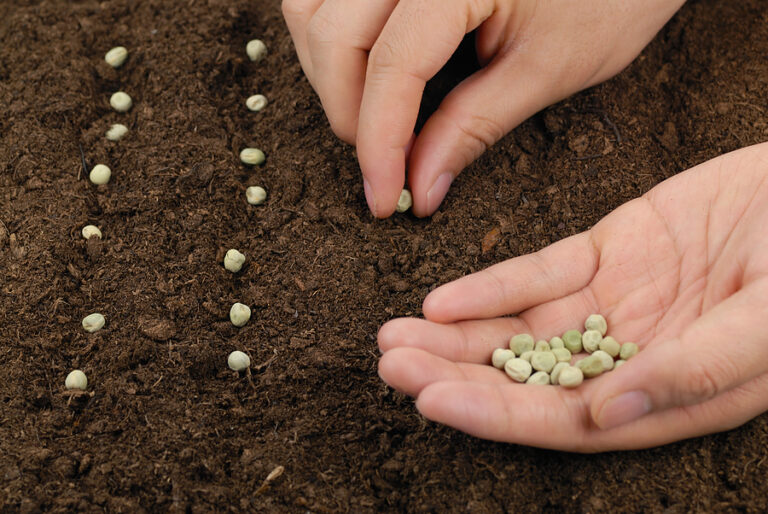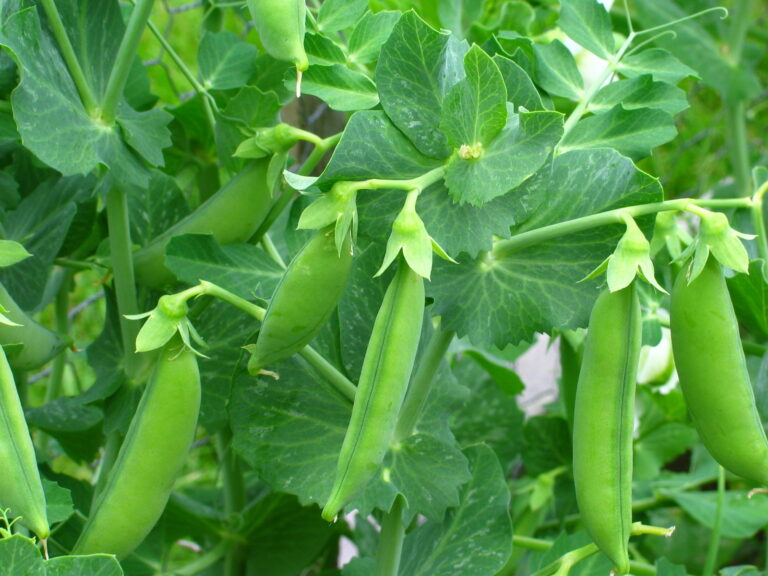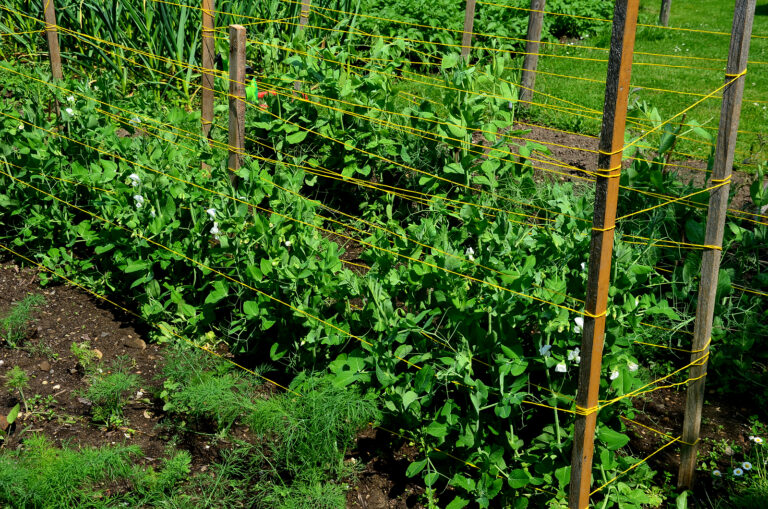Legumes and Pulses
Legumes are plants that carry edible seeds in a pod. All beans, peas, and peanuts are legumes.
Peas, soybeans, lentils, peanuts, chickpeas, cowpeas, lima beans, adzuki beans, green beans, haricot beans, mung beans, winged beans, yard-long beans, runner beans, and kidney beans are all legumes.
Some legumes—such as peanuts and mature English peas–are eaten seeds only and the pods are discarded. Other legumes—such as sugar snap peas and Kentucky Wonder beans–are eaten in their entirety—both seeds and pods.
The dried seeds of legumes are called “pulses.”
Legumes. Plants that are legumes come from more than 600 genera and 13,000 species. Members of the legume family include the following genera: peas (Pisum), lentils (Lens), beans (Phaseolus), broad beans (Vicia), soybeans (Glycine), and peanuts (Arachis).
Legumes grow throughout the world and have been cultivated since ancient times, more than 11,000 years.
Legumes grow on annual plants. They can be bushy and short or viney and tall. Many use tendrils to cling to their surroundings.
Some legumes—such as beans and peas–grow best in cool weather. Others—such as peanuts and chickpeas–grow best in warm weather.
The pods of legumes follow the blossoming of flowers. The flowers vary in color from one variety to another, from white to lavender to coral.
The pods of legumes are usually between 3 and 8 inches (7.5-20 cm) long. Legume pods split along both sides when ripe. Each pod contains from 4 to 12 seeds. Seeds are usually kidney-shaped and vary in size. Seeds can be green, brown, black, red, yellow, white, or mottled.
Legumes are high in protein and contain vitamin B, carbohydrates, fats, and minerals such as iron. On average legumes have twice the protein of grains.
Legumes are used in a variety of recipes including soups, stews, and casseroles. Legume-based dishes include Boston baked beans in the United States, lentil dhal in India, refried beans in Mexico, and fermented black bean and yellow bean sauces in China.
Pulses or dried legumes. Pulses or dried legumes are easy to cook but require soaking in water for 6 to 8 hours before cooking and soaking restores the moisture lost by legumes that have dried.
Pulses include kidney beans, navy beans, black-eyed peas, soybeans, garbanzo beans, pinto beans, flageolets (dried French green beans), lentils, and peanuts. Sometimes the word legume is used to refer to just pulses.
When selecting dried legumes, look for seeds that are intact, brightly colored, uniform in size, and smooth-skinned. Avoid pulses that are dull looking or wrinkled.
The word legume comes from the Latin word lego which means “to gather” the usual way legumes are harvested.
In French, the word legume has a broader translation and means “vegetable.”
Legumes also include plants that are not eaten by humans such as alfalfa, clovers, and vetches. These are essential animal forage and pasture plants.
All legumes take nitrogen from the air into their roots. This is accomplished through bacteria that live in knot-like growths, or nodules, along the roots of the plants. Legumes are useful in maintaining the fertility of the soil.






